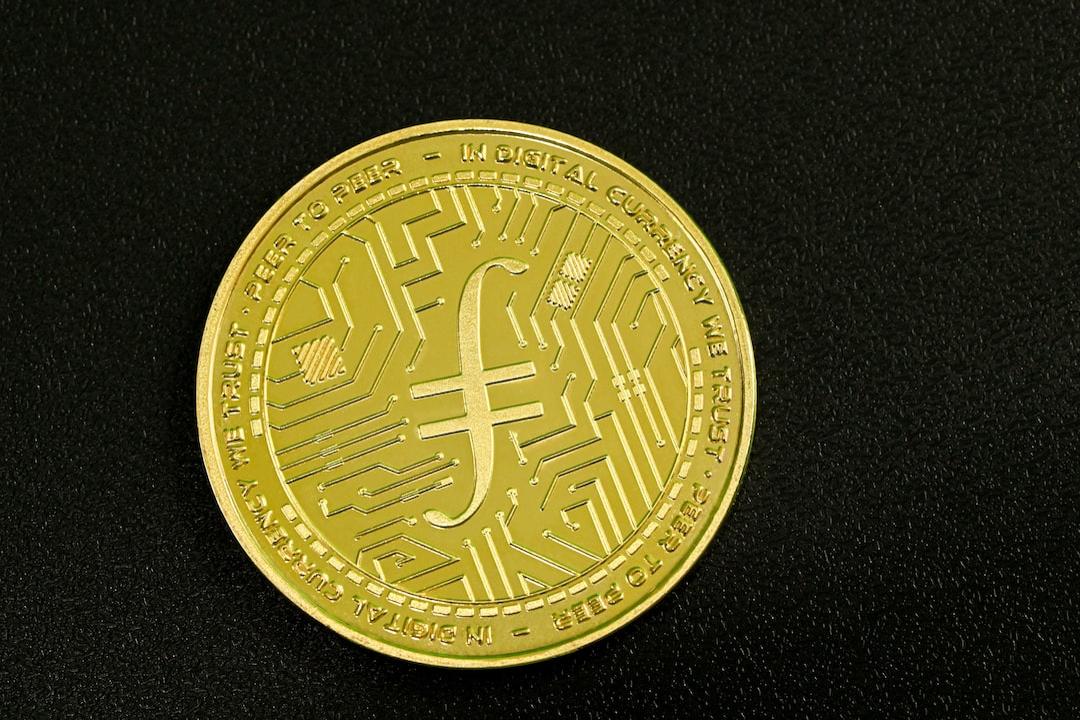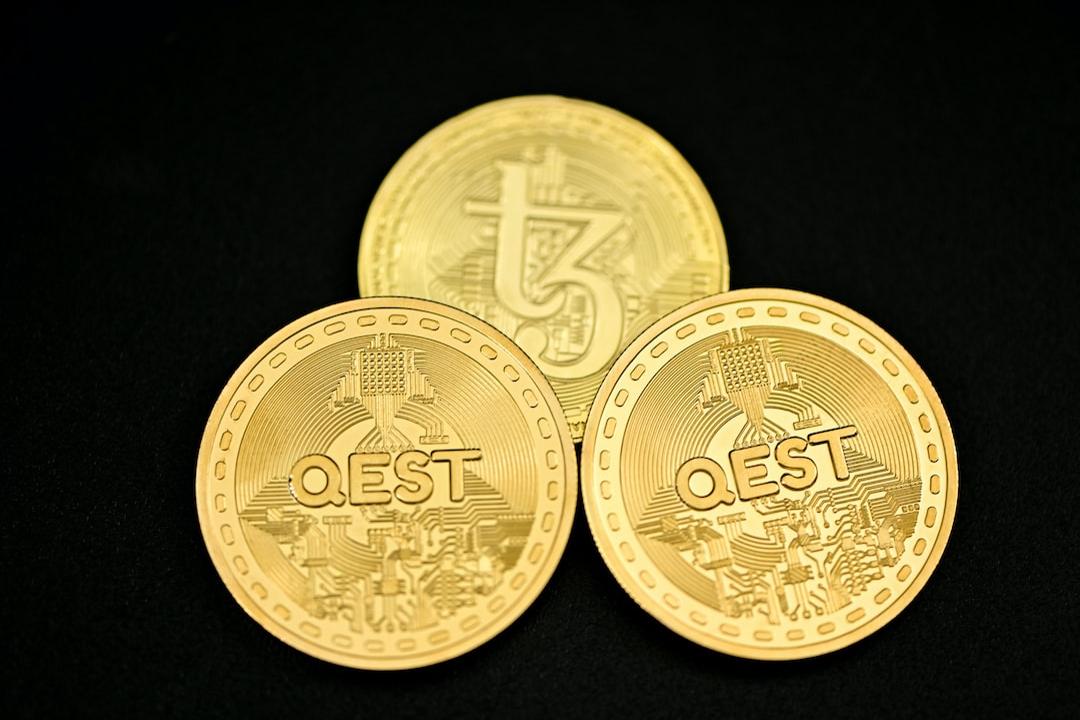CoinGlass Report:
Author: Mensh, ChainCatcher
On October 18th, the United States Securities and Exchange Commission (SEC) approved applications from the New York Stock Exchange (NYSE) and the Chicago Board Options Exchange (CBOE), allowing the 11 approved Bitcoin ETF providers to engage in options trading. Currently, Bitcoin continues to rise, with the price surpassing $69,000.
ETF analyst Seyffart stated at the Permissionless conference that Bitcoin ETF options could be launched before the end of the year, but there is no strict deadline set by the Commodity Futures Trading Commission (CFTC) and the Office of the Comptroller of the Currency (OCC), so there may be further delays, and it is more likely to be launched in Q1 2025.
Meanwhile, the SEC has postponed the approval of Bitwise and Grayscale Ethereum ETF options, and it is speculated that this is due to the lower-than-expected inflow of funds after the Ethereum ETF approval. The SEC hopes to further examine the impact of this proposal on market stability and will make a ruling on November 10.
Bitcoin and Ethereum ETF inflow/outflow:


Why are Bitcoin ETF options important?
Bitcoin options are contracts that give holders the right, but not the obligation, to buy or sell Bitcoin at a predetermined price within a certain period of time. For institutional investors, these options provide a means of hedging price volatility or speculating on market trends without owning the underlying assets. These Bitcoin index options provide institutional investors and traders with a fast and cost-effective way to expand their exposure to Bitcoin, offering an alternative method to hedge their exposure to the world’s largest cryptocurrency.
Why is the approval of Bitcoin ETF options particularly important? Although there are already many cryptocurrency options products on the market, most of them lack regulation, which discourages institutional investors from participating due to compliance requirements. Furthermore, there is currently no options product on the market that combines compliance and liquidity.
The best options product in terms of liquidity is offered by Deribit, the world’s largest Bitcoin options exchange. Deribit supports 24/7/365 trading of Bitcoin and Ethereum options. The options are European-style and settled in the underlying cryptocurrency. However, due to being limited to cryptocurrencies only, Deribit users cannot cross-margin their collateral with assets from traditional investment portfolios such as ETFs and stocks. Additionally, it is not legal in many countries, including the United States, without the endorsement of a clearing organization, making it difficult to address counterparty risk.
The Bitcoin futures options from CME Group and the Bitcoin options from LedgerX, a CFTC-regulated cryptocurrency options exchange, have significant bid-ask spreads. Their functionality is limited, for example, LedgerX does not have a margin mechanism. Each call option on LedgerX must be sold for value (owning the underlying Bitcoin), and each put option must be sold for cash (owning the cash value of the strike price), resulting in high trading costs.
Bitcoin-related asset options, such as MicroStrategy options or BITO options, have a large tracking error.
The significant rise in the stock price of MicroStrategy since the beginning of the year indirectly indicates the demand for Bitcoin hedging trades. Bitcoin ETF options can provide the market with options products that combine compliance and trading depth. Bloomberg researcher Jeff Park pointed out, “With Bitcoin options, investors can now engage in term-based portfolio allocation, especially for long-term investment.”
Enhancing or reducing volatility?
Debate on the impact of Bitcoin ETF options on Bitcoin volatility has two opposing views.
Those who believe that it may enhance volatility argue that once options are listed, many retail investors will enter very short-term options, similar to the gamma squeeze seen in meme stocks like GME and AMC. Gamma squeeze refers to the phenomenon that if there is accelerated volatility, the trend will continue because investors buy these options, and their counterparties, large trading platforms and market makers, have to continuously hedge their positions by buying stocks, driving prices further up and creating more demand for call options.
However, since there are only 21 million Bitcoins, which are absolutely scarce, if there is a gamma squeeze, the only sellers will be those who already own Bitcoin and are willing to trade at a higher price in US dollars. Because everyone knows that there will not be more Bitcoins to push down the price, these sellers will not choose to sell. There has been no gamma squeeze in listed options products, which may indicate that these concerns are unfounded.
The concentration of options expirations can also cause short-term market volatility. Luuk Strijers, CEO of Deribit, stated that the expiration of Bitcoin options at the end of September was the second-largest in history, with approximately $58 billion in open interest on Deribit currently. He believes that this expiration may result in more than $5.8 billion of options becoming worthless, which could trigger significant market volatility after the expiration.

https://www.coinglass.com/options
Historically, options expirations have indeed affected market volatility. As the expiration date approaches, traders need to decide whether to exercise options, let them expire, or adjust their positions, which typically increases trading activity as traders try to hedge their bets or take advantage of potential price movements. In particular, if the price of Bitcoin is close to the strike price at the expiration of options, option holders may exercise their options, which can result in significant buying and selling pressure in the market. This pressure may cause price fluctuations after options expiration.
On the other hand, those who believe that volatility will be dampened take a longer-term perspective. This is because option prices reflect implied volatility, i.e., investors’ expectations of future volatility. The introduction of IBIT brings new liquidity and attracts more issuances of structured notes, which may lead to a potential decrease in volatility as more options products enter the market to level it out.
A larger pool of capital attracts bigger fish
The introduction of options will further attract liquidity, and the convenience brought by liquidity will further attract liquidity, forming a positive feedback loop of liquidity. Currently, there is almost a consensus in the market that the introduction of options is attractive for liquidity, both in terms of its own benefits and the additional consequences it brings.
With options market makers engaging in dynamic hedging strategies, options create more liquidity for the underlying asset. The continuous buying and selling by options traders provide stable trading flows, smooth out price fluctuations, and increase overall market liquidity, allowing larger pools of capital to enter the market while reducing slippage.
The approval of IBIT options may also attract more institutional investors, especially those managing large portfolios, as they typically require sophisticated instruments to hedge their positions. This ability lowers perceived risk barriers and allows more capital to flow into the market.
Many institutional investors manage large investment portfolios and have specific requirements for risk management, purchasing power, and leverage. Spot ETFs alone cannot solve these problems. Options can create highly complex structured products, allowing more institutional capital to participate in Bitcoin.
With the approval of IBIT options, investors can now invest in Bitcoin volatility, considering the inherent volatility of Bitcoin compared to other assets, which may bring substantial returns.
Bitcoin annual realized volatility:

Eric Balchunas, an analyst at Bloomberg, pointed out that the approval of options is a significant victory for Bitcoin ETFs, as it brings deeper liquidity and attracts “bigger fish.”
At the same time, the approval of IBIT options is another clear statement from regulators. Mike Novogratz, CEO of Galaxy Digital, stated in a CNBC interview, “Unlike traditional Bitcoin futures ETFs, these options allow trading within specific time intervals, which may generate more interest from funds due to Bitcoin’s inherent volatility. The approval of ETF options may attract more investors. The trading volume of MicroStrategy reflects strong demand for Bitcoin. Regulatory clarity may pave the way for the future growth of digital assets.”
For existing options markets, the approval of ETF options will also bring greater gains. In the Unchained podcast, Joshua Lim, Co-founder of Arbelos Markets, speculated that liquidity growth in CME options will be most noticeable, as both markets cater to traditional investors, and the arbitrage opportunities formed will increase liquidity in both markets.
Variations in price performance
The introduction of options not only brings investors more diversified trading opportunities but also accompanies previously unforeseen price performances.
For example, Joshua Lim found during trading that many people were buying call options for after the election, which means that people are willing to make some kind of hedge bet, believing that the regulatory environment for cryptocurrencies will relax after November 5th. Typically, there may be some price fluctuations around the expiration date of these options, and this volatility is usually highly concentrated. If many people buy options with a $65,000 strike price for Bitcoin, typically, traders will buy when the price is below $65,000 to hedge their risk and sell when the price is above this price, which will pin the Bitcoin price to the strike price.
If there is a certain trend, it usually delays its appearance until after the expiration of options, and there are many reasons for this. For example, options usually expire on the last Friday of the month, but it does not necessarily coincide with the end of the calendar month, which is particularly important because it marks the evaluation of hedge funds’ performance and the buying and selling of shares, creating funds inflow and purchasing pressure in the asset class. Due to all these dynamics, there is indeed volatility in the spot market after options expiration, as perhaps many traders’ hedging activities weaken after expiration.
Options do not trade on weekends, and a high gamma value on IBIT at Friday’s market close may force traders to buy Bitcoin spot over the weekend to hedge their deltas. There may be some risks in transferring Bitcoin to IBIT as IBIT is cash-settled. All these risks may eventually spread to the Bitcoin market, and wider bid-ask spreads may be seen.
Conclusion
For institutions, Bitcoin ETF options can greatly expand hedging tools, allowing for more precise risk and return control, enabling more diversified investment portfolios. For retail investors, Bitcoin ETF options provide a way to participate in Bitcoin volatility. The versatility of options may also trigger bullish sentiment in the market’s classic reflexivity, and liquidity brings more liquidity. However, whether options can effectively attract funds, have sufficient liquidity, and form a positive feedback loop that attracts funds still needs to be validated by the market.

